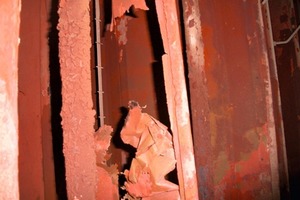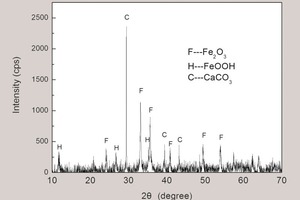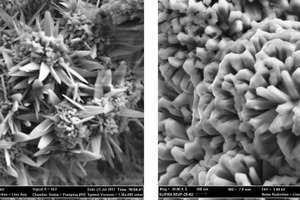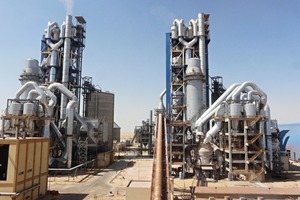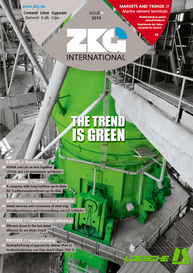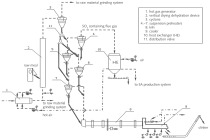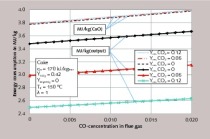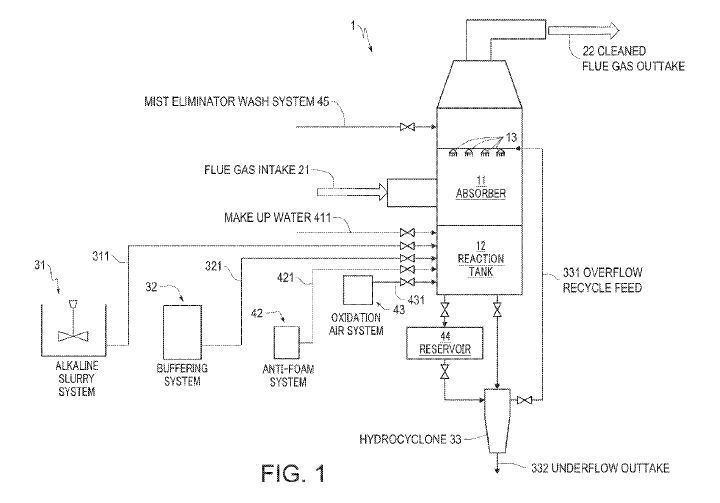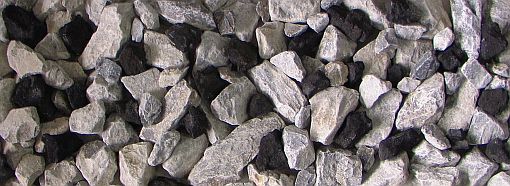Cause analysis and solutions for ESP corrosion
Kiln back-end electrostatic precipitator (ESP) of an Egypt cement plant experienced severe corrosion within one year of operation. Based on the chemical composition of samples, calculation of the acid dew point and XRD analysis of rust powder, ESP corrosion reasons were found, including the high chloride content in raw meal, high water vapor content, the severe air leaking. Solutions were proposed.
1 Introduction
Severe corrosion occurred on the pole wire, pole plate, shell (Fig. 1) of the kiln back-end electrostatic precipitator (ESP) within one year after...

